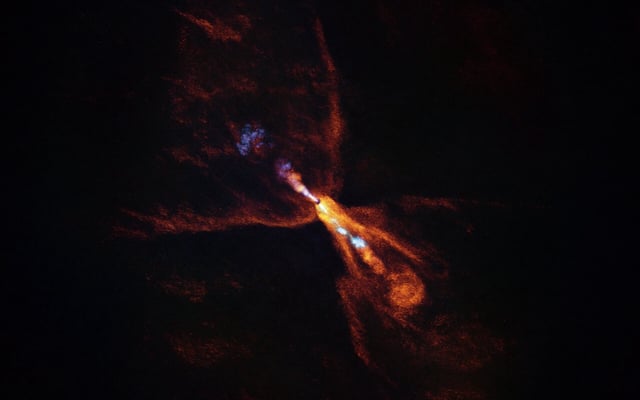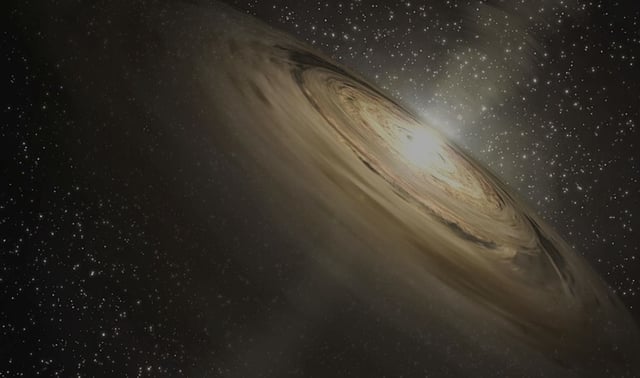Overview
- The July 16 Nature paper led by Melissa McClure and Merel van ’t Hoff identifies the condensation of refractory solids marking the onset of planet formation.
- Combined observations from JWST’s infrared spectroscopy and ALMA’s millimeter-wave imaging detected SiO in both gaseous form and as newly formed crystalline silicates.
- The condensation signals originate around 2.2 AU from HOPS-315, a region analogous to the Solar System’s asteroid belt.
- HOPS-315 is a 100,000- to 200,000-year-old protostar in the Orion L1630 molecular cloud that mirrors the Sun’s earliest evolutionary stage.
- Researchers will continue monitoring HOPS-315 and survey other young protostars to trace the earliest phases of planetary evolution.


